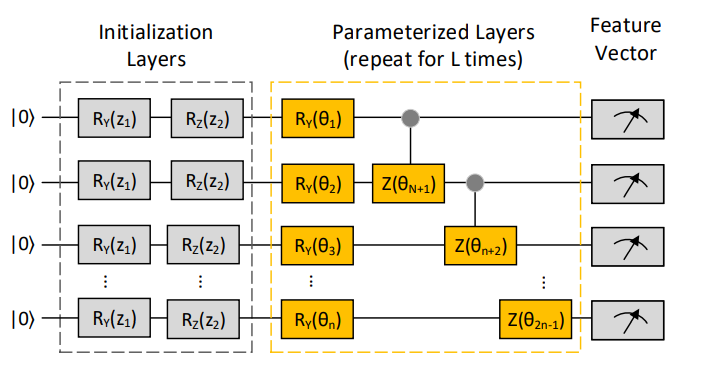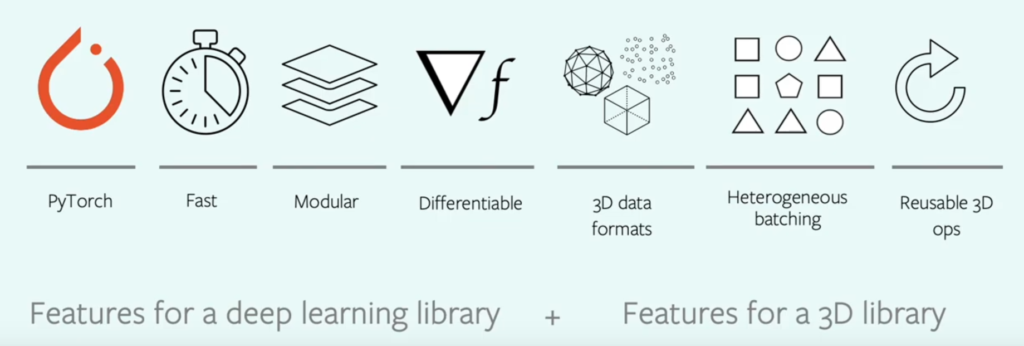Author Archives: Aishwarya Verma - Page 5


Class Imbalance is quite a known problem in datasets, and Imbalanced Learning is used to handle this problem by learning an unbiased model in the data. Existing approaches include Resampling, Reweighting, Ensemble Methods and Meta-Learning Methods. In this article, we will discuss one new method that has outperformed many of the previous methods. It combines…
The post Guide to MESA: Boost Ensemble Imbalanced Learning with MEta-SAmpler appeared first on Analytics India Magazine.
Over the years, the image quality produced by GAN models has improved at a tremendous rate but the interpretability and edibility of the generated output image are not at the same pace with it. We are often in a dilemma of how to fine-grain control over the output produced by these models. GANs have these…
The post Guide to GANSpace: Discovering Interpretable GAN Control appeared first on Analytics India Magazine.
Training a GAN model often requires a large collection of the annotated dataset(FFHQ dataset, Imagenet Dataset). Making these large-scale datasets can take months or even years and sometimes it is also not feasible to collect large data(such as rare animals). Using less data for training GAN models is the absolute need at this point in…
The post Guide to Differentiable Augmentation for Data-Efficient GAN Training appeared first on Analytics India Magazine.
Training a GAN model often requires a large collection of the annotated dataset(FFHQ dataset, Imagenet Dataset). Making these large-scale datasets can take months or even years and sometimes it is also not feasible to collect large data(such as rare animals). Using less data for training GAN models is the absolute need at this point in…
The post Guide to Differentiable Augmentation for Data-Efficient GAN Training appeared first on Analytics India Magazine.


Developing a new drug is a challenging task as it requires to go through a multi-step process. From developing a target discovery to its clinical trials, this process might take a considerable amount of time. And after going through the whole process, only a few of the drugs actually reach the market. But thanks to…
The post Now GANs Are Being Used For Drug Discovery: Complete Guide To Quantum GAN With Python Code appeared first on Analytics India Magazine.


Apple has introduced a new method for generating 3D scenes called Equivariant Neural Rendering. This method requires no 3D supervision but only images and their relative positions to learn equivariant scene representations. The Equivariant Neural Rendering model(Research Paper) was first introduced virtually at the International Conference on Machine Learning (ICML) in June 2020 by Emilien…
The post Guide to Apple’s Equivariant Neural Rendering: Generating 3D scenes with no 3D supervision appeared first on Analytics India Magazine.
Torchmeta is an open-source meta-learning library built on top of Pytorch deep learning framework. The objective of Torchmeta is to allow easy benchmarking and reproduce the existing pipelines/ research work in meta-learning and make it accessible to larger communities. Torchmeta was first presented in a research paper called Torchmeta- A meta-learning library for PyTorch. The…
The post Guide to Torchmeta- A Meta-Learning library for PyTorch appeared first on Analytics India Magazine.


Facebook AI’s PyTorch 3D is a python library to deal with 3D data in deep learning. It is based on PyTorch tensors and highly modular, flexible, efficient and optimized framework, which makes it easier for researchers to experiment with and impart scalability to big 3D data. PyTorch 3D framework contains a set of 3D operators,…
The post Hands-on Guide to PyTorch 3D – A Library for Deep Learning with 3D Data appeared first on Analytics India Magazine.


Facebook AI’s PyTorch 3D is a python library to deal with 3D data in deep learning. It is based on PyTorch tensors and highly modular, flexible, efficient and optimized framework, which makes it easier for researchers to experiment with and impart scalability to big 3D data. PyTorch 3D framework contains a set of 3D operators,…
The post Hands-on Guide to PyTorch 3D – A Library for Deep Learning with 3D Data appeared first on Analytics India Magazine.


Facebook’s Pytorch had created a huge buzz in the market when it was released five years ago. Now, it is not only the most preferred frameworks for Machine Learning and Deep Learning models but also one of the most powerful tools in research to develop new libraries and frameworks(like Huggingface, Fast.ai, etc). One of the…
The post CrypTen – A Research Tool for Secure and Privacy – Preserving Machine Learning in Pytorch appeared first on Analytics India Magazine.

